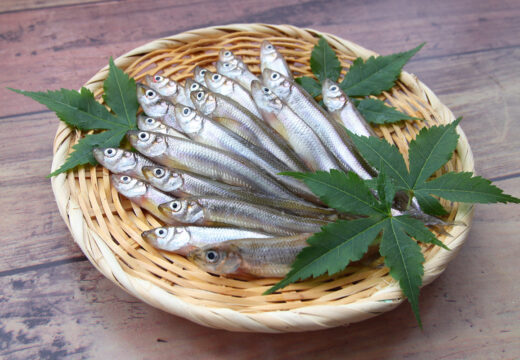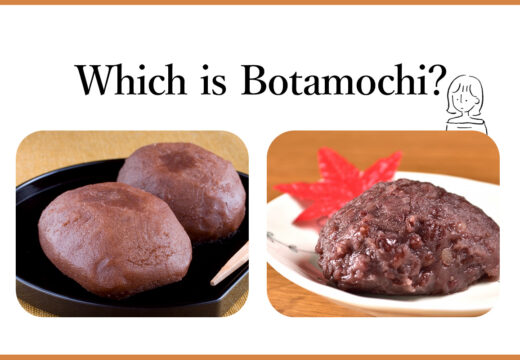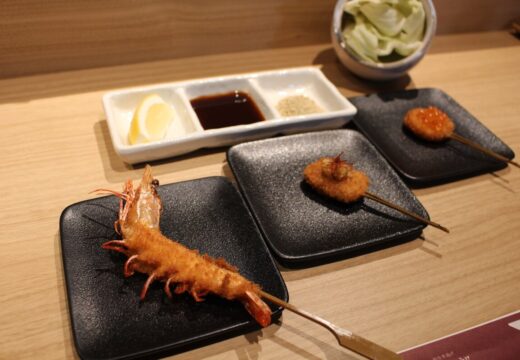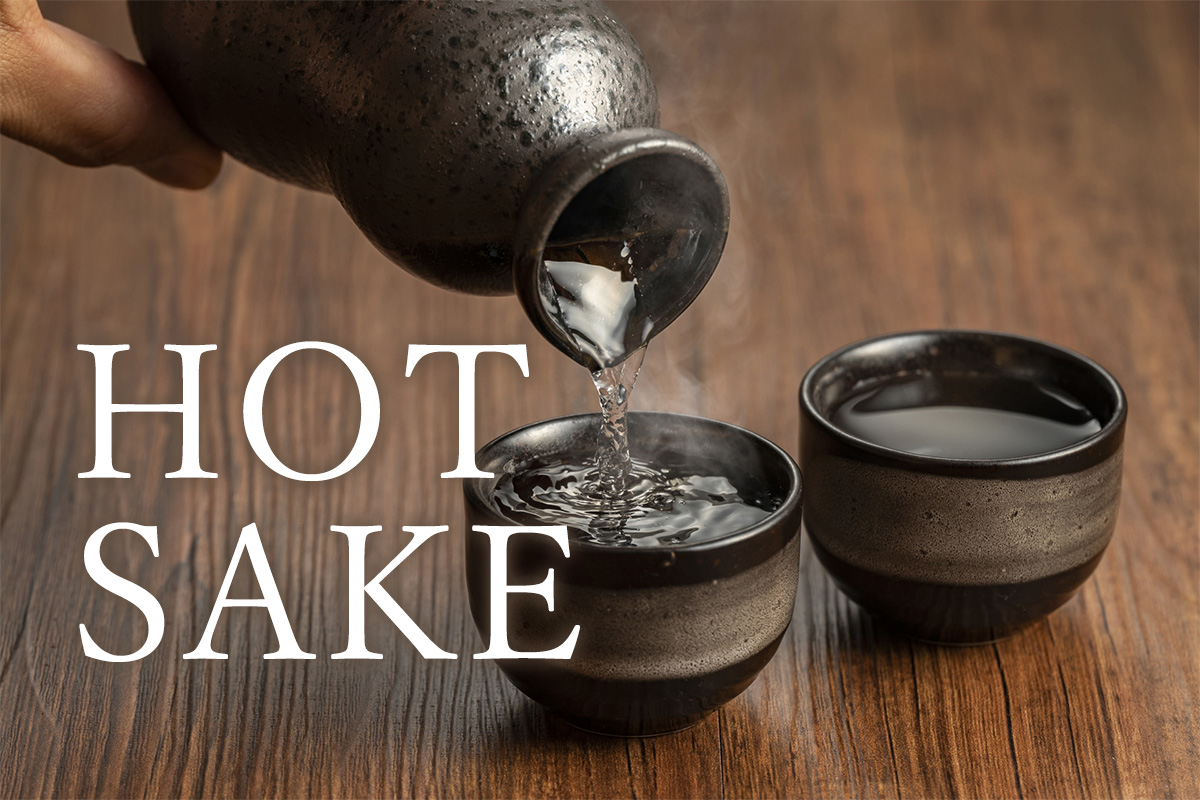
Sake can be served cold, at room temperature, or warmed up, and the taste changes depending on the temperature.
In this post, I would like to introduce the appeal of “hot sake” and how to drink it to try during the cold winter.
Try it when you’re in Japan, or when you buy some sake back home!
Sake can be enjoyed in six different temperature ranges!
When hot sake, temperatures are generally divided into the following six categories.
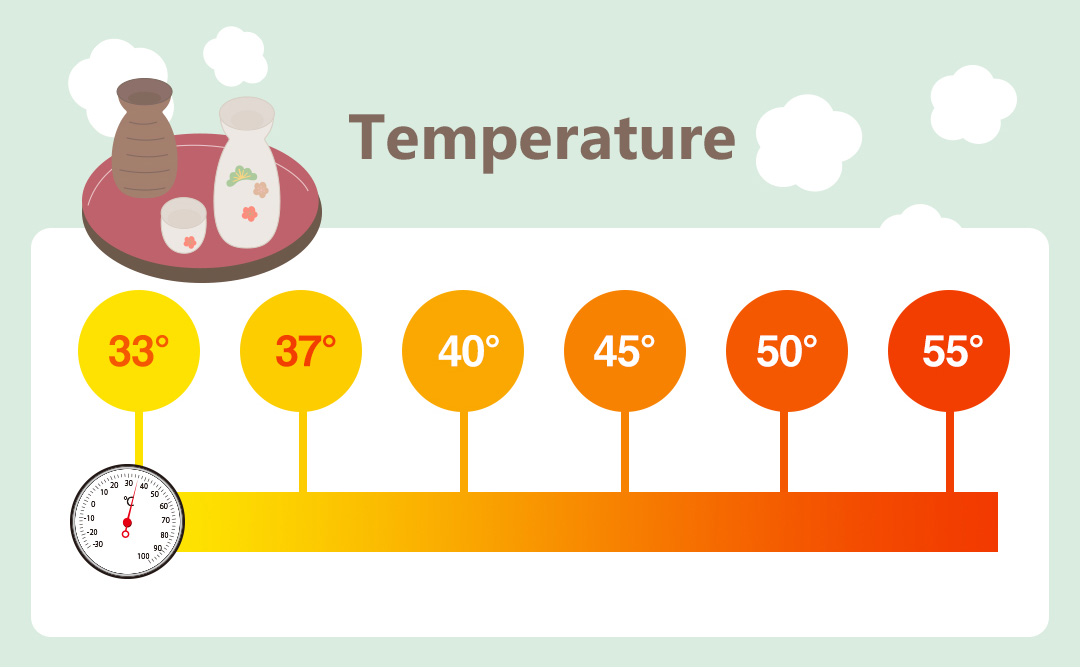
Around 33 degrees
The aroma is slightly more pronounced than drinking it at room temperature.
Around 37 degrees
The temperature is close to human skin, and the aroma of rice and koji spreads in your mouth.
Around 40 degrees
It’s a little warmer than 37 degrees Celsius, and the aroma is more pervasive and fluffy on the palate and nose.
Around 45 degrees
When you pour it into a cup, you can feel the slight steam and enjoy the lingering aroma before drinking.
Around 50 degrees
This temperature is called “Atsukan”. If you ask for it to be warmed up at an izakaya (Japanese pub), you will generally be offered something around this temperature. It is slightly dry and crisp.
55 degrees
A temperature that makes the cup feel hot. For a sharp, dry taste.
It’s good to remember that lukewarm temperatures bring out the aroma, while hot temperatures make for a dry drink.
The aroma of the rice is intoxicating even before you drink it.
It’s a way of drinking that warms you up slowly.
What brand of sake should I choose to drink warm?
Generally speaking, those labeled “Ginjo(吟醸)” are not suitable for drinking warm.
For example, “Ginjo-shu(吟醸酒),” “Junmai-Ginjo-shu(純米吟醸酒),” “Junmai-Daiginjo(純米大吟醸),” and “Daiginjo(大吟醸)”.
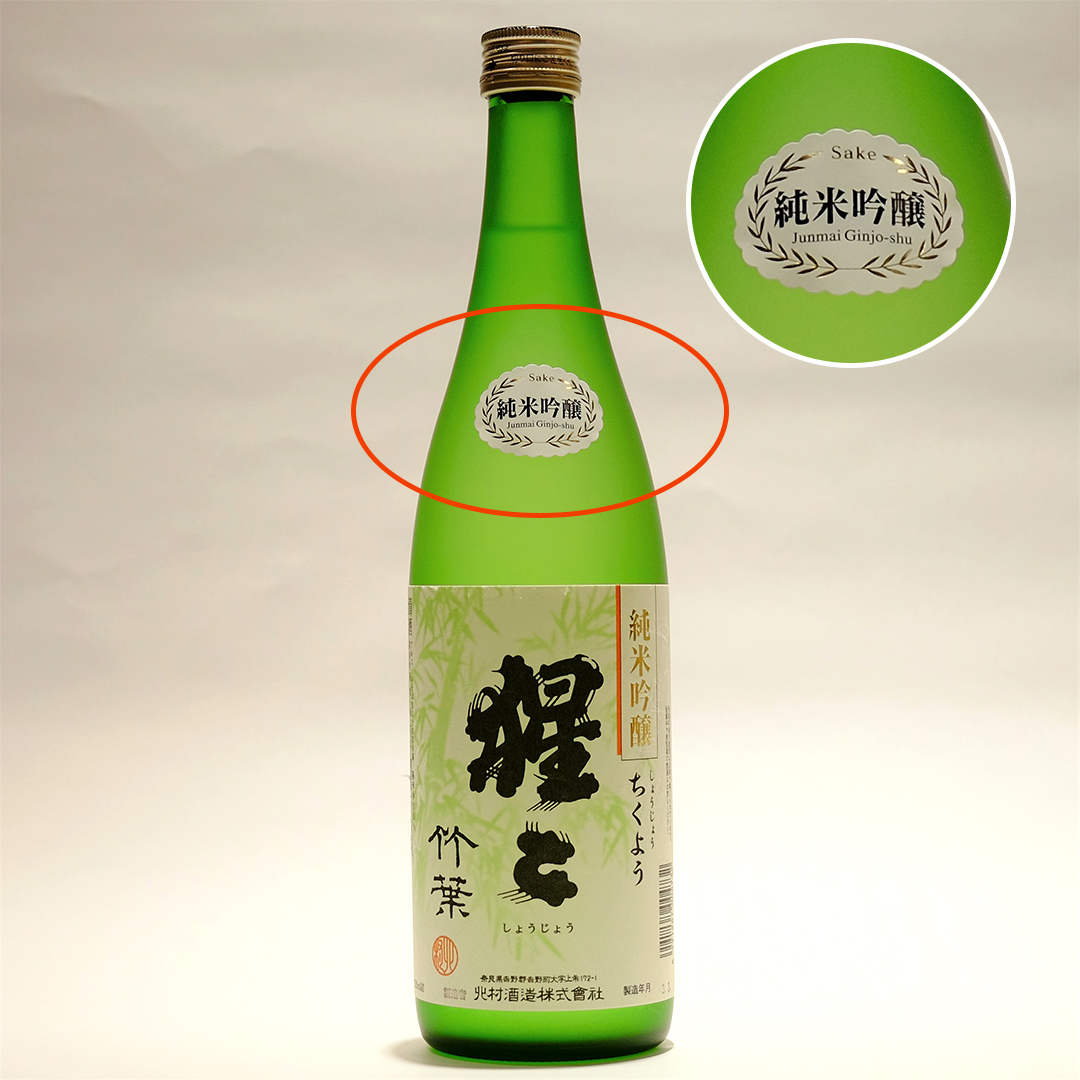
Ginjo-shu is made by grinding down the raw rice to eliminate miscellaneous flavors and create an aromatic taste. It is not recommended to heat it up, as it loses its fruity aroma.
Also, “raw sake(生酒)” is not recommended.
Freshly brewed sake is generally served chilled to enjoy its freshness.
Junmai-shu(純米酒) is a type of sake suitable for heating up.
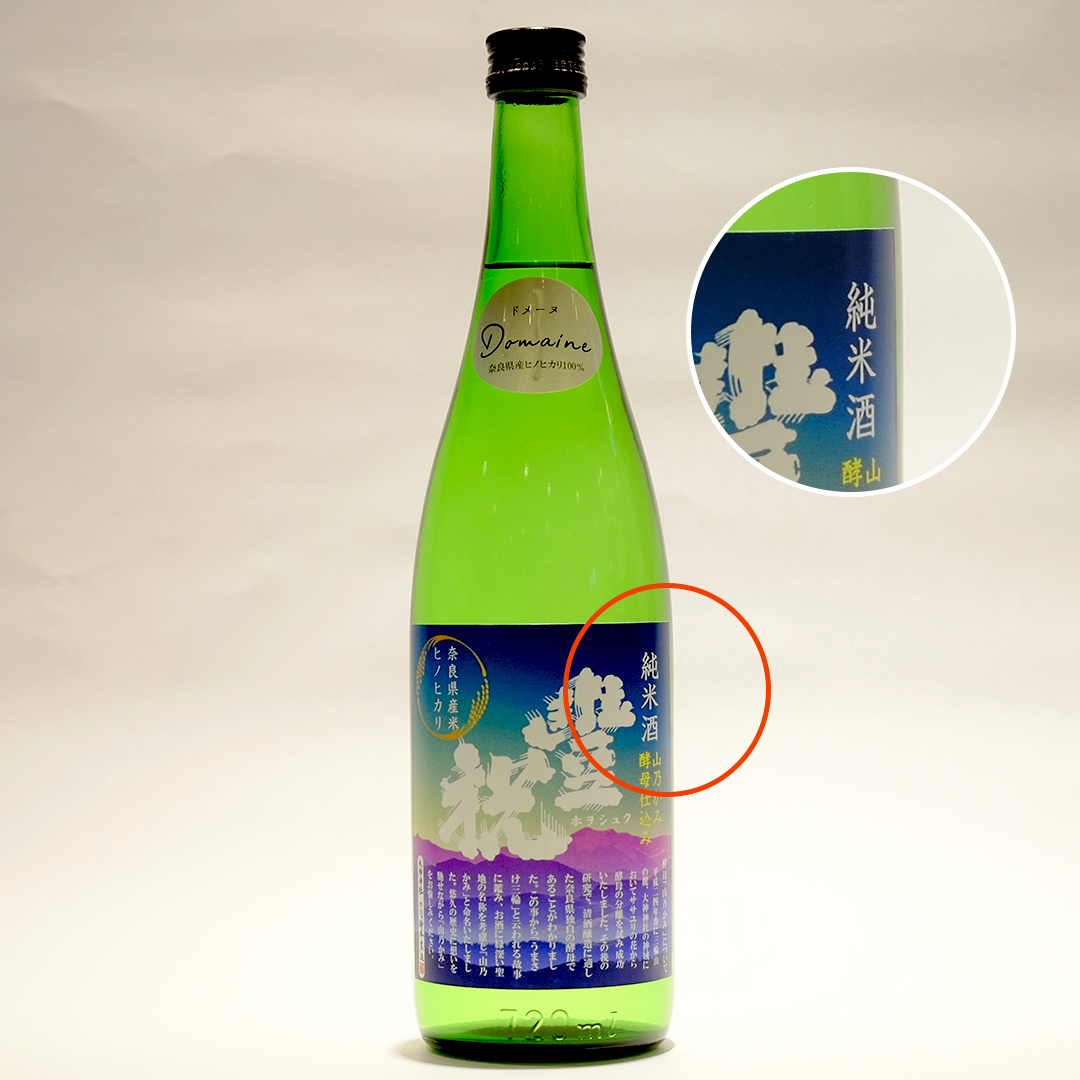
However, if you heat it up too much, it may become sharp and dry, so try drinking it “lukewarm” at about 33-40 degrees Celsius.
If you prefer it hot, look for the one labeled “Honjozo(本醸造)“!
It has an aroma and flavor similar to junmai-shu, but with a cleaner and more refreshing aftertaste than junmai-shu.
In terms of sweet and dry, it is generally said that “dry” is more suitable for warming.
The sharp, crisp taste is enhanced and is perfect for dishes with strong flavors.
What is the perfect dish for warm sake?
Warm foods, such as hot pot dishes, generally go well with this.
When the temperature of the food and sake are about the same, it is easier for the sake and food to combine in your mouth. You’ll warm up to your core at once.
I also recommend foods that change their texture depending on the temperature in your mouth.
For dishes that contain fat, such as meat, the higher the temperature in your mouth, the more the fat will melt, making it less greasy and easier to eat.
Ingredients that have a peculiar taste are also interesting combinations.
Warming sake brings it closer to a crisp dry taste, so it has a refreshing aftertaste even after eating peculiar foods.
The following dishes are recommended to order at Japanese pubs.
(1) Oden

Oden is often found in Japanese pubs. The more you bite into the slowly simmered ingredients, the more the umami of the broth spreads to your mouth.
When eaten with warm sake, it will warm you up from the core.
If you match the temperature of the sake with the temperature of the oden, it will blend easily in your mouth.
(2) yakitori
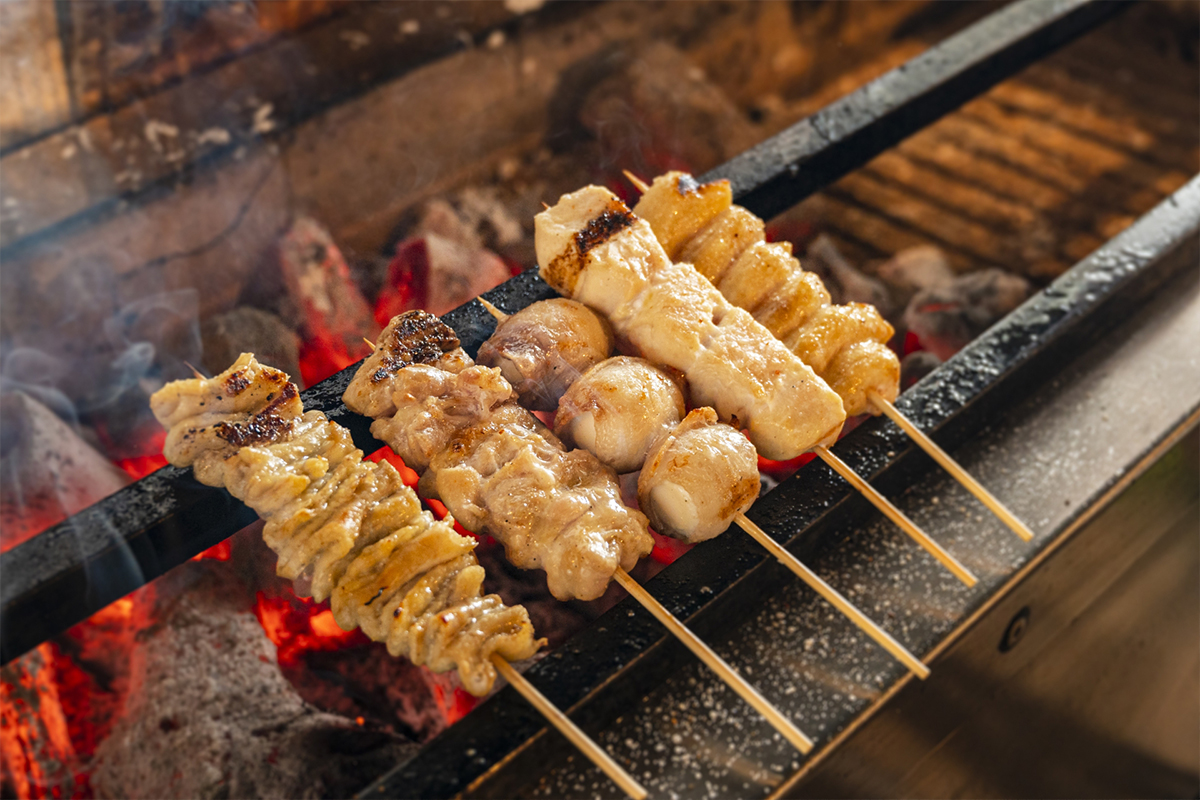
A dish of seasoned chicken, slowly grilled over charcoal.
The smoky aroma and sweet and spicy sauce are well blended with warm sake.
If you choose the slightly fatty kind, the fat will melt with the temperature in your mouth, filling your mouth with umami!
In terms of ingredients, liver and oysters are also recommended.
Learn how to heat sake for drinking at home.
When heating sake, it is easier to make it if you have a tokuri, a special container for pouring sake.
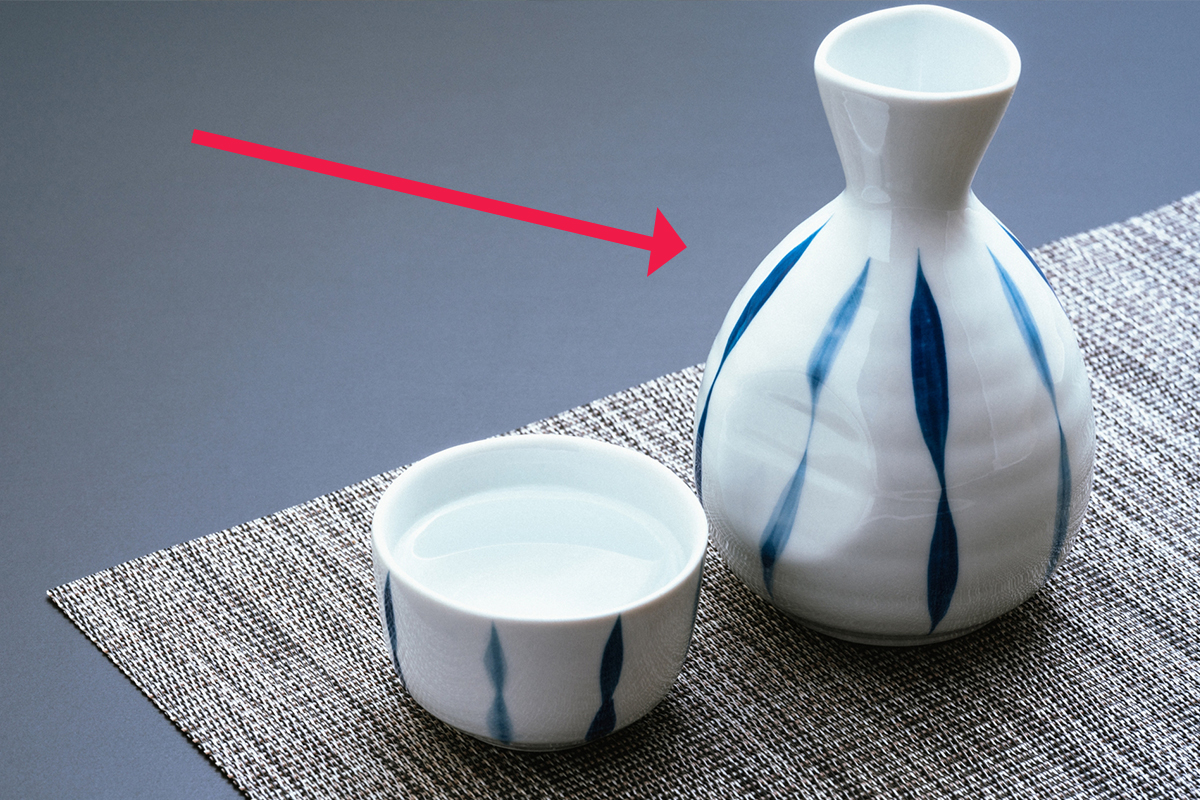
(1)First, fill the sake bottle to the ninth part.
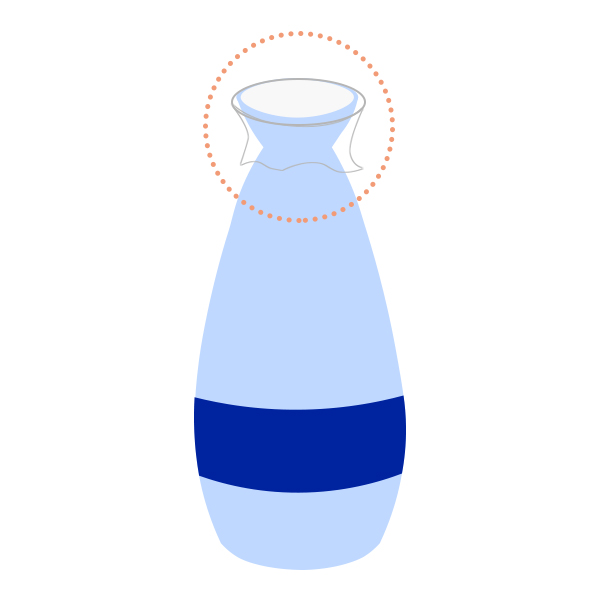
Wrap the spout of the sake bottle with plastic wrap to keep the aroma of the sake from escaping.
(2)Prepare a pot, fill it with plenty of water, and bring it to a boil.
When you hear a bobbing sound, it’s OK.
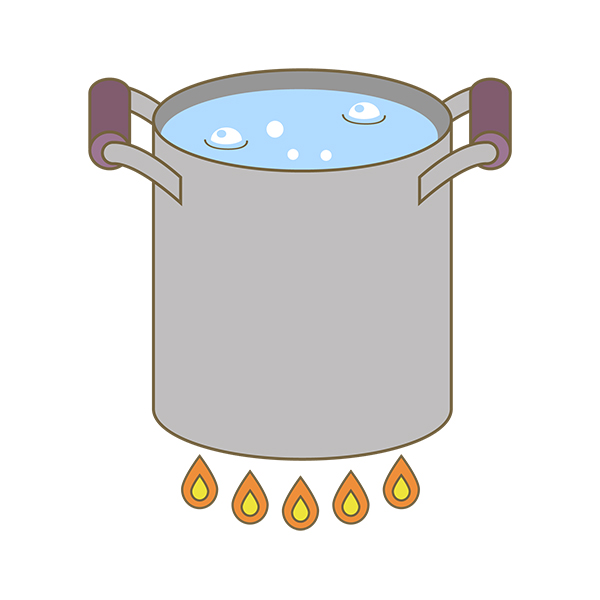
(3)After turning off the heat, place the tokkuri in the hot water.
If it is lukewarm, allow it to sit for two to two and a half minutes; if you prefer it slightly hot, allow it to sit for three minutes.
Be careful not to heat it up too much, or the drink will be quite sharp.
From the products of Momo Taro, a store that sells sake for the international market, here are some sake recommendations for warming up!
From the website of Momo Taro, a company that sells sake and fruit wine to overseas markets, I picked up some “sake that tastes good even when warmed!
Yatagarasu Junmai75% Koji-ratio33.3
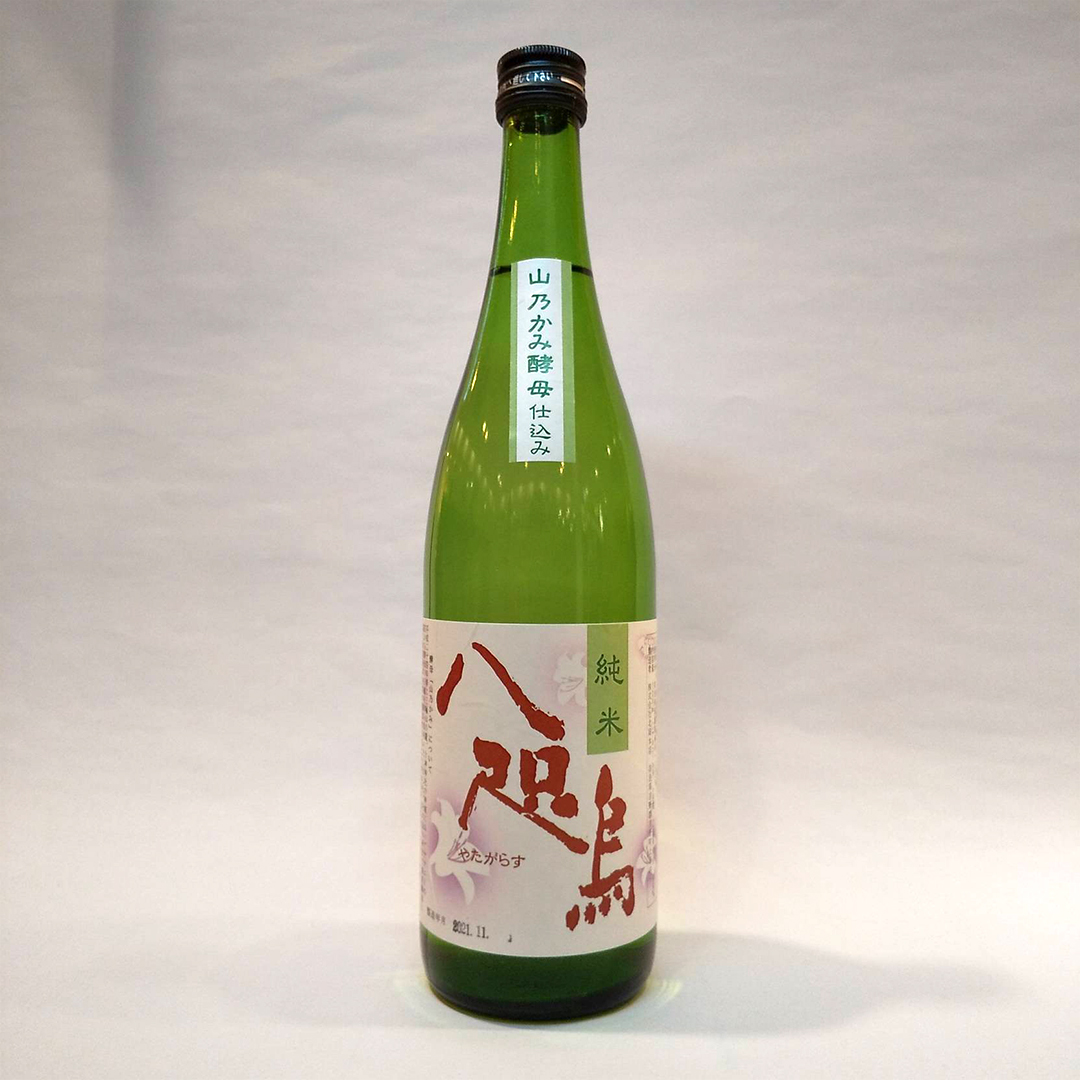
720ml/ALC.16%
1,600 JPY
https://momotaro.hako-bu.net/product/5011
It has a gentle fruity aroma and a dry taste with a strong umami flavor.
The aftertaste is refreshing.
If the temperature is lukewarm so that the aroma does not jump too much, the gentle fragrance will spread softly.
Kingaku Junmai Sake Nara-Uruhashi

720ml/ALC.15%
1,600 JPY
https://momotaro.hako-bu.net/product/5025
It has a light mouthfeel and the umami of the rice spreads slowly.
The key is that it is slightly sour. By warming it up, you can feel the sourness and umami directly.
Hoshuku Junmai-Sake Yamano-Kami
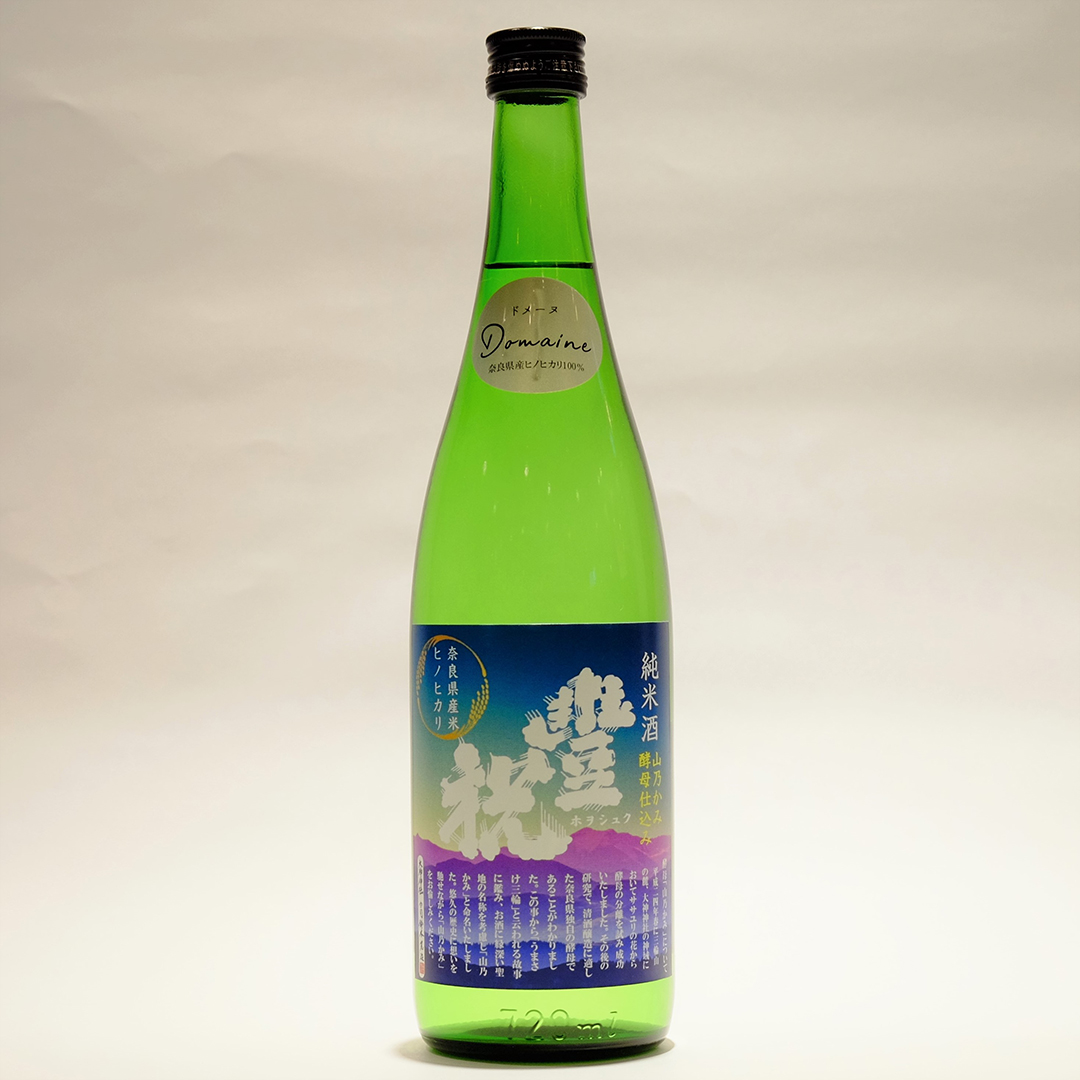
720ml/ALC.15%
1,250 JPY
https://momotaro.hako-bu.net/product/4938
It has an elegant acidity with a hint of rice flavor.
If you drink it at a lukewarm temperature, you will feel the sourness first than if you drink it cold.
All of the drinks can be served chilled.
It might be interesting to compare them!
Click here to visit the online store of Momo Taro, the store that provided the photo of the sake.
They will deliver the sake directly from Nara Prefecture in Japan.
The owner of Momo Taro commented, “We want to make it easy for people from overseas to enjoy sake.
If you are interested in any of the products or have any questions about sake, please contact Momotaro through the contact form in the online store.
https://momotaro-zh.hako-bu.net/support
(Or you can comment on the Facebook page of Kodawari times and we will connect you with the owner of the store.)
If you’d like, you can also check out our previously published article on “Types of Sake in Japan”!




